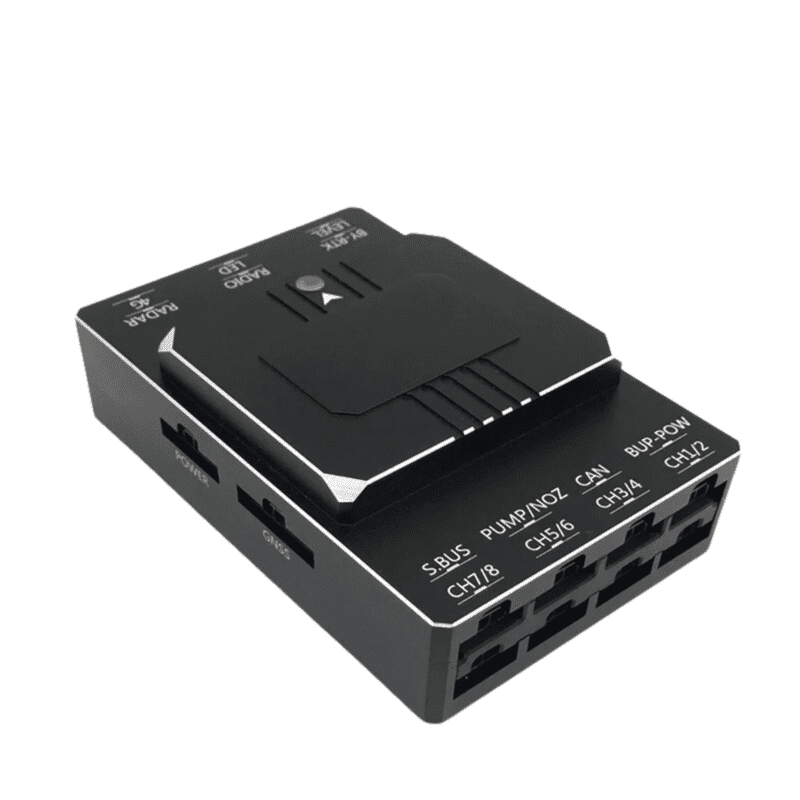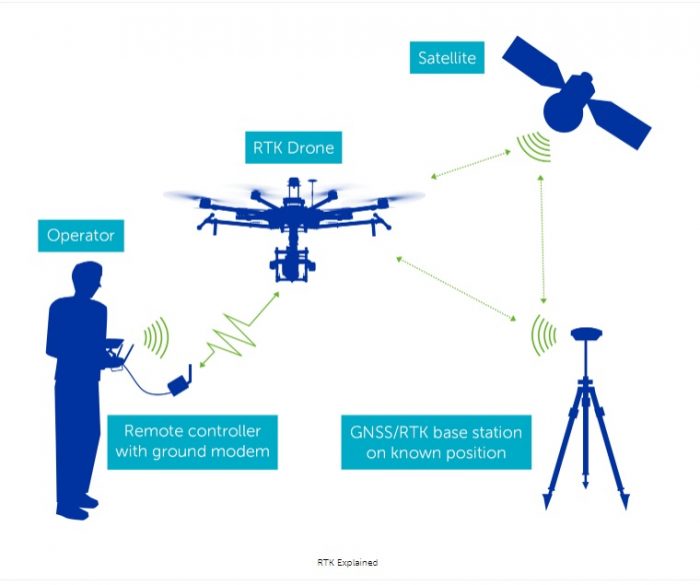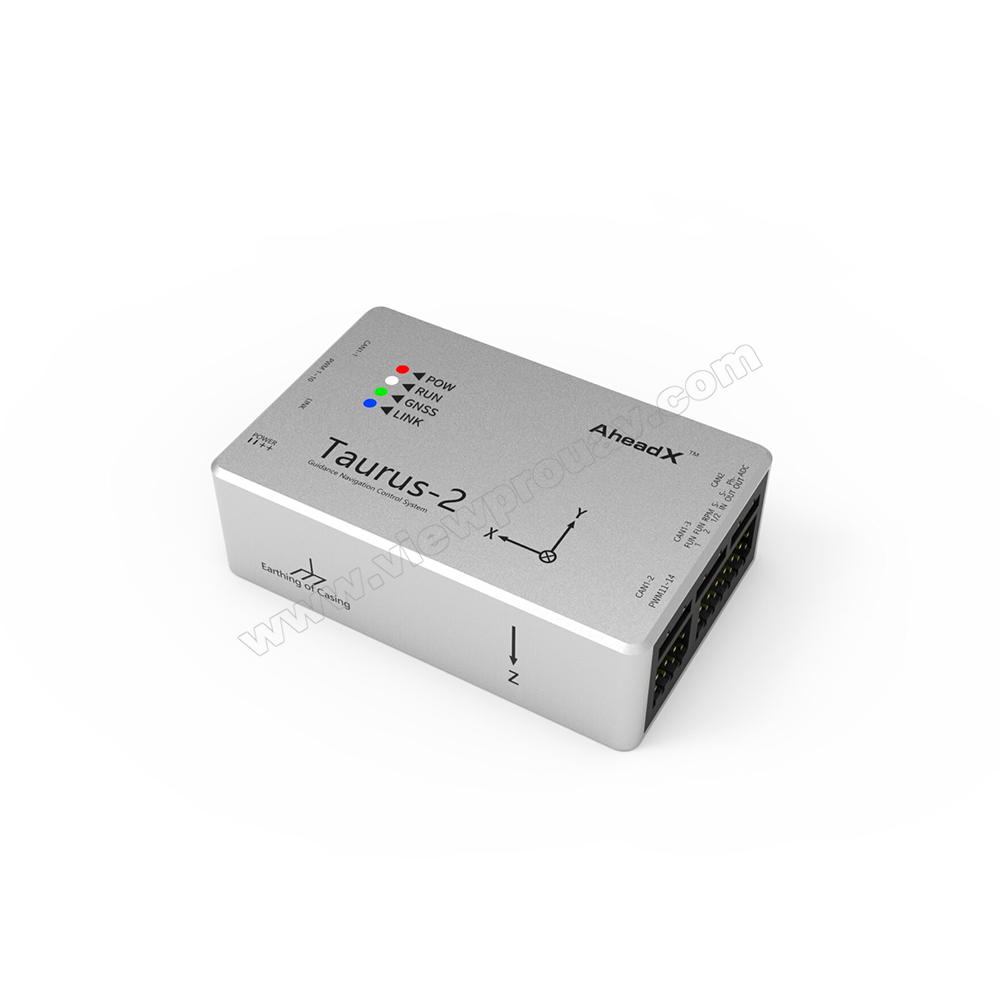SparkNavi Drone Flight Controller and GNSS/INS Made in Taiwan: Blazing A Trail in Drone Modern Technology
SparkNavi Drone Flight Controller and GNSS/INS Made in Taiwan: Blazing A Trail in Drone Modern Technology
Blog Article
Discovering the Role of Drone Flight Controllers in Enhancing Trip Stability and Navigating Effectiveness
The development of drone technology has actually significantly boosted the importance of trip controllers, which offer as the brain of these airborne vehicles. By integrating real-time information from an array of sensing units, trip controllers enhance trip stability and navigating efficiency, ensuring that drones can run efficiently also in complicated atmospheres.

Understanding Flight Controllers
Trip controllers are indispensable components in the performance of drones, acting as the minds that support and handle trip operations. These advanced devices process information from various sensing units, consisting of accelerometers, gyroscopes, and GPS, to guarantee that the drone preserves its desired trip course. The flight controller translates this information and executes commands based upon pre-defined formulas, enabling the drone to react to ecological changes, such as wind or barriers.
The primary feature of a trip controller is to maintain stability during trip. It achieves this by making real-time changes to the drone's motors and control surface areas, making sure equilibrium and control. Furthermore, modern flight controllers integrate innovative functions such as waypoint navigation, enabling automated trip paths and enhanced functional performance.
Recognizing the style of trip controllers is important for both hobbyists and experts. They normally contain a microcontroller, firmware, and different interfaces for sensor input and interaction. As innovation advancements, flight controllers have become a lot more capable and portable, integrating man-made intelligence to adapt and boost decision-making procedures to complicated flight circumstances. This evolution symbolizes a critical development in the drone sector, leading the means for much more innovative applications and safer procedures.
Trick Elements of Trip Stability
Achieving ideal trip security in drones depends on numerous essential components that work in performance to make certain regulated and smooth procedures. Central to this security is the flight controller itself, which processes data from numerous sensing units to keep the wanted flight perspective. This consists of accelerometers and gyroscopes that determine activity and positioning, enabling real-time adjustments to the drone's setting.
One more important part is the digital speed controllers (ESCs), which control the power supplied to the electric motors. By finely adjusting electric motor speeds in feedback to flight controller commands, ESCs assist keep equilibrium and neutralize disruptions triggered by wind or abrupt motions.
Furthermore, the design of the drone's frame plays a pivotal function in trip security. A well-structured framework decreases resonances and boosts the overall aerodynamic profile, adding to smoother flight qualities. Lastly, the integration of sophisticated formulas within the flight controller help in anticipating adjustments, making certain a adaptable and receptive trip experience.
With each other, these elements develop a natural system that enhances a drone's stability, enabling for specific handling and boosted performance in various flight conditions.
Navigation Effectiveness Strategies
Effectiveness in navigation is important for optimizing drone procedures, particularly in intricate atmospheres. Effective navigating techniques boost the capacity of drones to go across difficult terrains and stay clear of barriers, consequently improving operational effectiveness and safety.
One famous technique is the application of advanced GPS and inertial dimension devices (IMUs) that supply precise place monitoring and positioning information. These technologies enable drones to determine optimum flight courses in real-time, considering different variables such as wind conditions and prospective challenges.
One more strategy entails making use of formulas for path preparation and optimization. Formulas such as A * and Dijkstra's formula can be released to figure out the most effective course while minimizing energy consumption and flight time. Furthermore, integrating artificial intelligence designs can make it possible for drones to adaptively pick up from their settings, improving navigating capabilities through experience.

Effect On Autonomous Drones
The assimilation of advanced navigating methods has actually greatly changed the capacities of self-governing drones, enabling them to operate with greater autonomy and precision. SparkNavi drone flight controller and GNSS/INS made in taiwan. These enhancements are primarily credited to sophisticated flight controllers that utilize real-time data handling and sensing unit blend, permitting drones to browse complicated settings flawlessly
The effect on independent drones prolongs beyond plain navigating; it incorporates boosted obstacle evasion, boosted stability during dynamic problems, and increased goal integrity. By leveraging algorithms that incorporate artificial intelligence and artificial knowledge, drones can adjust to transforming scenarios, making informed choices that maximize their trip paths while minimizing threats.
In addition, the application of durable trip controllers has facilitated the implementation of complicated jobs, such as aerial inspections, shipment solutions, and agricultural surveillance, with very little human intervention. This ability not just improves operations yet additionally decreases human mistake, consequently enhancing total safety.
Consequently, the functional extent of self-governing drones has actually increased substantially, making them vital tools in different industries. Their capability to perform effectively in diverse scenarios underscores the essential function that progressed flight controllers play fit the future of unmanned airborne systems.
Future Fads in Flight Control
Regularly, improvements in flight control innovation other are poised to redefine the landscape of drone operations in the coming years. Arising patterns show a significant change towards improved expert system (AI) integration, allowing flight controllers to refine real-time data much more successfully. This evolution will facilitate enhanced decision-making capacities, allowing drones to adapt to dynamic environmental problems autonomously.
Furthermore, the implementation of artificial intelligence algorithms is anticipated to boost anticipating upkeep, thereby decreasing downtime and expanding the lifecycle of drone elements. This positive method to upkeep will be crucial as drone applications expand across various sectors, from farming to logistics.

.png)
Lastly, developments in safe interaction procedures will deal with security and regulative worries, making certain that drones can run flawlessly in congested airspaces (SparkNavi drone flight controller and GNSS/INS made in taiwan). Collectively, these fads point towards a future where trip control systems are Find Out More not just smarter and a lot more additionally qualified yet reliable of running securely in a progressively integrated airspace
Verdict
Finally, drone flight controllers are essential to boosting flight security and navigation efficiency via the advanced handling of sensing unit information. By maintaining ideal trip perspectives and employing sophisticated algorithms for course optimization and obstacle evasion, these controllers dramatically add to the autonomy and operational security of drones. As modern technology remains go to this site to advance, further developments in trip control systems are expected, assuring better efficiency and increased capacities in the world of unmanned aerial vehicles.
By integrating real-time data from an array of sensors, flight controllers enhance flight stability and navigation effectiveness, making sure that drones can run smoothly even in complex environments.Flight controllers are essential components in the functioning of drones, serving as the minds that support and manage trip procedures. In addition, modern-day trip controllers integrate sophisticated functions such as waypoint navigation, enabling for automated trip courses and improved operational performance.
Central to this security is the flight controller itself, which processes data from different sensing units to keep the preferred flight mindset.In verdict, drone trip controllers are important to improving flight security and navigating efficiency via the advanced processing of sensor information.
Report this page